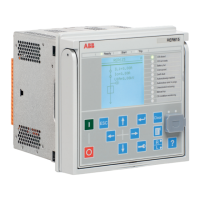Figure 114: Start value behavior with ENA_MULT input activated
Phase selection logic
If the fault criteria are fulfilled in the level detector, the phase selection logic detects
the phase or phases in which the measured current exceeds the setting. If the phase
information matches the
Num of start phases
setting, the phase selection logic
activates the timer module.
Timer
Once activated, the timer activates the START output. Depending on the value of the
Operating curve type
setting, the time characteristics are according to DT or IDMT.
When the operation timer has reached the value of
Operate delay time
in the DT
mode or the maximum value defined by the inverse time curve, the OPERATE output
is activated.
When the user-programmable IDMT curve is selected, the operation time
characteristics are defined by the parameters
Curve parameter A
,
Curve parameter
B
,
Curve parameter C
,
Curve parameter D
and
Curve parameter E
.
If a drop-off situation happens, that is, a fault suddenly disappears before the
operate delay is exceeded, the timer reset state is activated. The functionality of
the timer in the reset state depends on the combination of the
Operating curve
type
,
Type of reset curve
and
Reset delay time
settings. When the DT characteristic
is selected, the reset timer runs until the set
Reset delay time
value is exceeded.
When the IDMT curves are selected, the
Type of reset curve
setting can be set to
"Immediate", "Def time reset" or "Inverse reset". The reset curve type "Immediate"
causes an immediate reset. With the reset curve type "Def time reset", the reset
time depends on the
Reset delay time
setting. With the reset curve type "Inverse
Protection functions
1MRS758755 C
216 REC615 & RER615
Technical Manual

